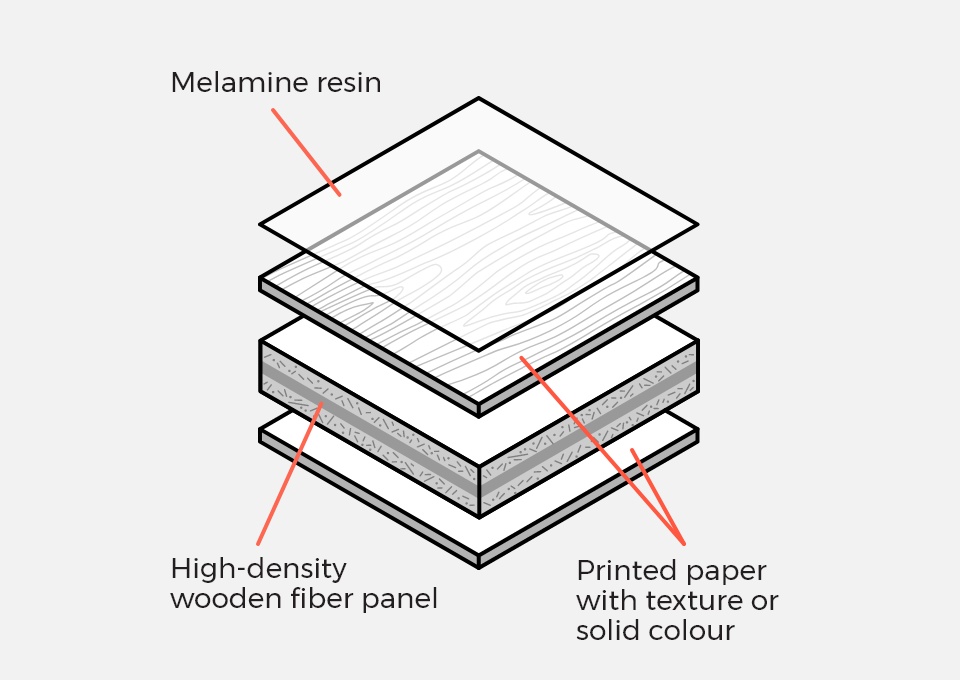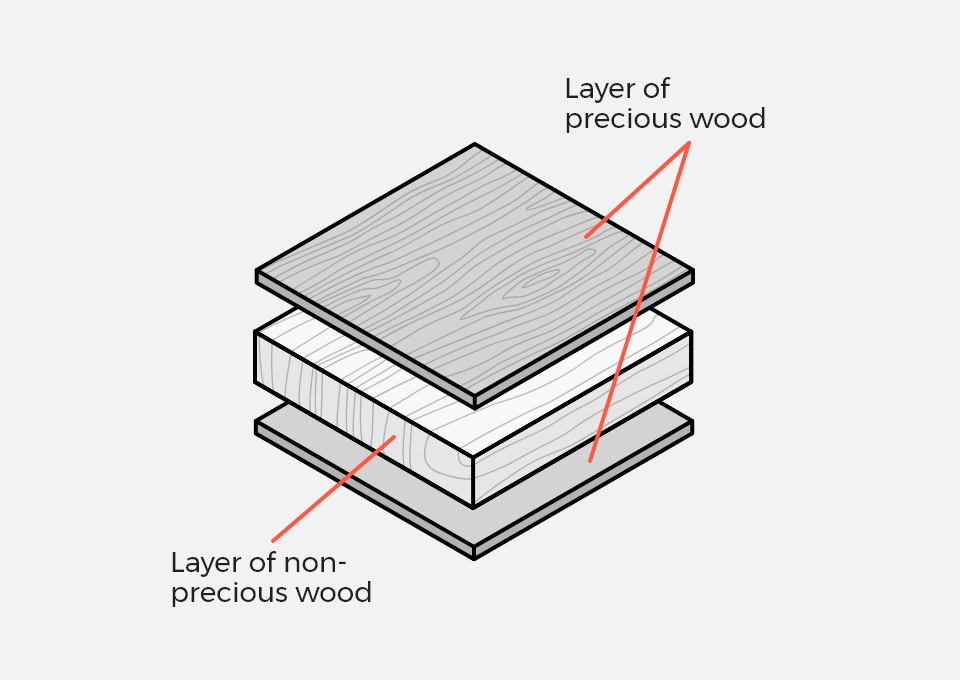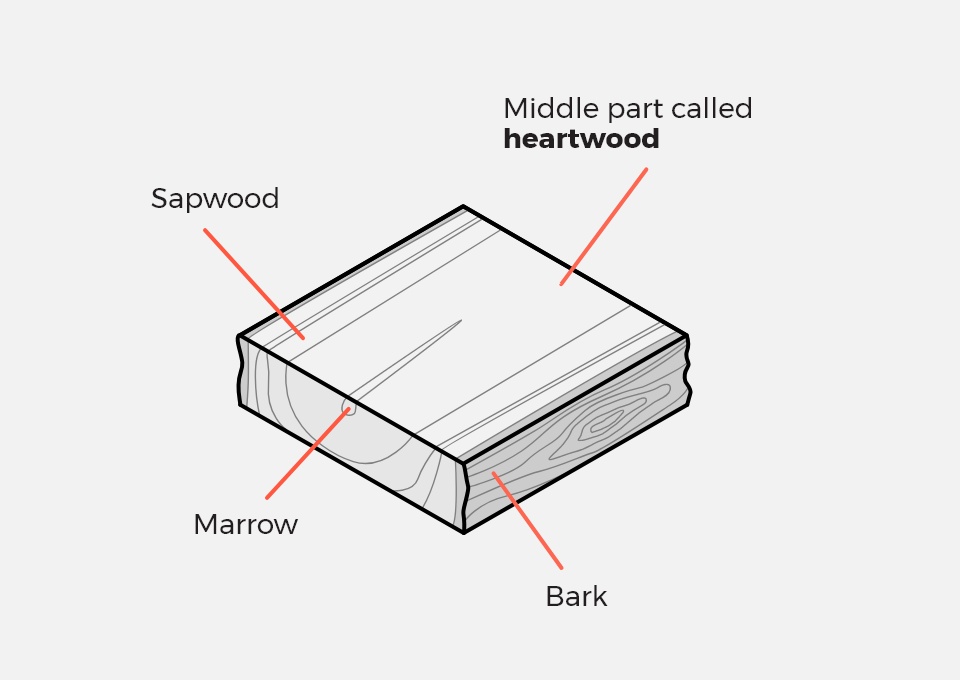
Renovating a bar or designing a new restaurant means choosing functional furnishings that can give personality to the environment. An activity as important as creating an excellent menu, to make your guests feel good when they sit at the table. We help you to furnish your space with services dedicated to your business.
The first thing you do in a restaurant is to accompany your guests to sit, for this reason it is important to welcome them with comfortable chairs, armchairs and sofas, also practical in terms of handling and hygiene. The choice of the seats may not be taken for granted, there are an infinite number of possible solutions. For this, we will help you.
Choosing covering for the upholstered elements in a restaurant is an important factor. Each material has different aesthetic and technical characteristics, which determine its price and make the difference in terms of performance over time. To select your choice, start comparing materials.
To choose the covering of the chairs we advise you to compare some parameters and techical chracteristics of the upholstery.
When you choose the covering, the first thing to read is the composition. Much of the fabrics are composed by multiple fibers, to add resistance or elasticity to the fabric. The coverings in faux leather use mostly PVC and polyurethane, and a lot of them are produced in an eco-sustainable way.
Many fabrics used for restaurants are hydro-repellent and stain resistant thanks to surface treatments. This helps cleaning and allows you to limit damage related to use.
It considers the number of the abrasion cycles that the materials under test are subjected to. The parameters can go from 10.000 Martindale, for coverings for occasional and personal use, to 45.000 cycles and over, for heavy use materials (es. restaurants, bars, public transport). For public activities it is advisable to choose coverings with minimum 25.000-35.000 Martindale cycles.
It is measured with a parameter that indicates whether the fabric tends to discolour if exposed to direct light for long time. The minimum value is 1, the maximum is 8 and at each step of the scale the resistance capacity doubles.
The pilling is the formation of "little balls" on a covering surface due to rubbing. The index used to measure resistance ranges from 1 (minimum) to 5 (maximum).
The ability of materials to resist fire is defined by “classes”. Typically, furnishings classified as “combustible but non-flammable” have a Class 1 or Class 2 certification.
Some synthetic fabrics as Trevira CS are not-flammable in a permanent way. Thanks to the material composition they don't require chemical treatments and the fire resistance doesn't change with use or washing. Others, on the other hand, become fireproof through surface treatments and require more care for washing.
The table is a key element of any room, both as an element of style and (above all) in functional terms. The tables you choose must be durable, aesthetically beautiful and flexyble for customer needs, for exemple when you need to add seats or serve important courses.
You can opt for ready-made products or customize the tables by combining bases and tops. To evaluate the best solution, start by considering the following aspects.
Each person sitting at the table generally needs 60 cm of space. The most used dimensions for restaurant tables are:
You can choose different types of base for the tables: with central column and weighted base, with or without adjustable feet, metal bases with a modern character or wooden structures for a more classic style. To each you can combine tops with different sizes and materials.
See all the table basesThe materials used for the table tops are many, and different from each other. The composition is an element that determines the characteristics, the yield over time and the price. Here below the most important.
See all the topsIt is one of the most popular because it combines high resistance to scratches, stains or shocks, and low costs. It consists of a wood fiber panel (chipboard, recycled or plywood) coupled to a printed paper sheet and coated with a very resistant synthetic resin (melamine). The colours and printed textures have an excellent aesthetic result.

It differs from melamine for the materials with which the core of the top is made; it has a higher cost and a higher resistance. It is composed by several layers: a high-density fiber wood panel, pressed and impregnated with resins; a layer of printed paper with a solid colour or texture; a layer of melamine resin.

The veneer technique consists in covering a not very precious wood panel with a thin layer of precious wood (eg walnut, oak, mahogany). Compared to solid wood, it has a lower specific weight and a lower cost, with the same aesthetic result.

The solid wood tops are made with the central part of the tree trunk, the most resistant and massive. The characteristic grain, knots and color change according to the type of wood used. These are the wooden tops par excellence, warm to the touch, durable and resistant over time.

If you are not sure about the furniture style of your space, have a look to some projects we have realised.
Are you looking for inspiration? Start from here.Do you already know what you need for your restaurant? Write us what you need and what your favorite products are, we will prepare a customized quote for you.
Otherwise if you need support to choose furniture, tell us about your project. We will send you a proposal and together we will choose the most suitable furnishing for you.
Fill out the form or call us on 0432 751347.